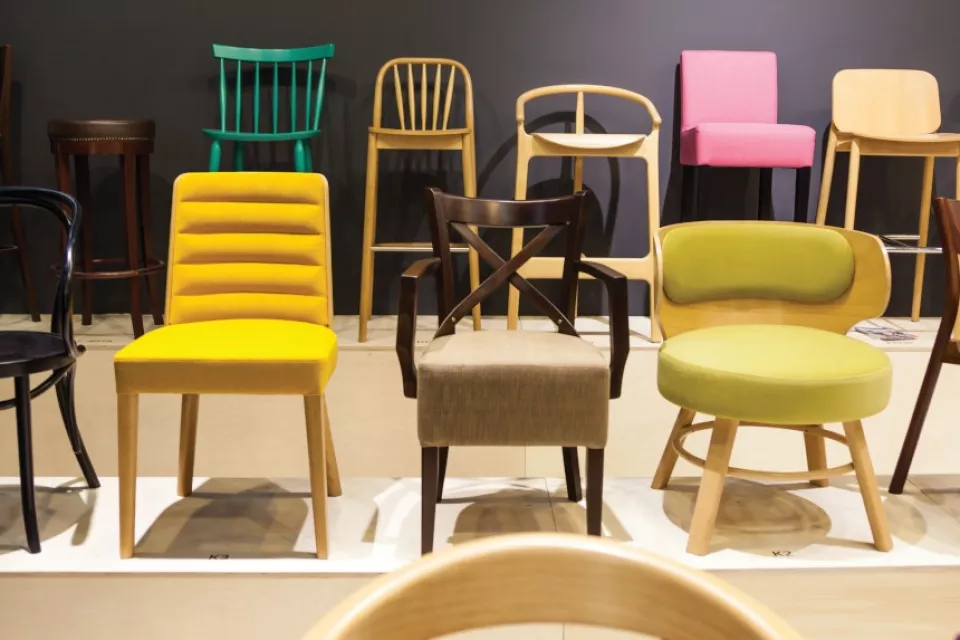Shortly after my wife and I married, I began collecting chairs, a hobby I pursued for 20 years before my wife made me choose between marriage or chairs. I chose our marriage, but still own 71 chairs. The oldest three were made in the mid-1700s in Vincennes, Indiana; the newest one, my office chair, was made last year in China. My office chair is more comfortable, but likely won’t last 270 years.
When our son Sam was in kindergarten and learning to count, the teacher said aloud to her class, “Tonight, I want you to count all the chairs in your home.”
Our son began weeping. “Not the chairs,” he wailed. “Please not the chairs.”
That was right around the same time my wife told me to choose between our marriage or my chairs.
It goes without saying I’ve thought more about chairs than the average person, so consequently can identify the various types of chairs each household likely possesses. One common chair is what I refer to as the “slob chair.” This is the most comfortable chair in the house, usually parked in front of the television, and occupied by the oldest male in the family. The slob chair reclines, its fabric is worn and stained by food or bodily secretions. My neighbors recently added a lovely new living room to their home, which the wife filled with new furniture, relegating her husband’s slob chair to their basement. Within a week, he’d hauled it back upstairs, where it proudly resides in front of the television, where God intended it to be. I don’t have a slob chair because we don’t have a television, so I make do with a slob couch, which I share with our dog.
It goes without saying I’ve thought more about chairs than the average person.
Then there are the chairs, also found in nearly every household, that were never intended to be sat in. I call them “family chairs,” because they were passed down through the family and occupy a lonely corner in an upstairs bedroom. They are particularly useful for piling clothes on. Should you sit on it, it will creak and crack and someone will yell at you to get up. No one likes the family chair and you would happily haul it to Goodwill except you would feel guilty since it belonged to your great-grandmother. When your children grow up and buy their first home, you give the chair to them as a housewarming gift, explaining its history, and warning them to keep it in the family. They smile and thank you, but inside they hate your guts for sticking them with a chair they’ll never use.
A less common chair, but one worthy of mention, is the “artisan chair,” most often handcrafted by a skilled woodworker, in my case a man named Gary Weeks from Wimberley, Texas. I have a bad back, so my artisan chair resides in the Quaker church I pastor, next to the pulpit. It’s so comfortable, I have to be careful not to fall asleep during the Quaker silence. Sadly, some artisan chairs were meant to show off the woodworker’s skill and were never intended to be sat in and enjoyed. These usually become family chairs so are never discarded, even though they should have been broken into kindling and burned the day they were built.
If you’re sitting in a chair while reading this, I suspect it’s a slob chair, which means nothing on television was worth watching, so you read this column instead. I’ll try not to take that personally.
Philip Gulley is a Quaker minister and author of 22 books, including the Harmony and Hope series, featuring Sam Gardner.


